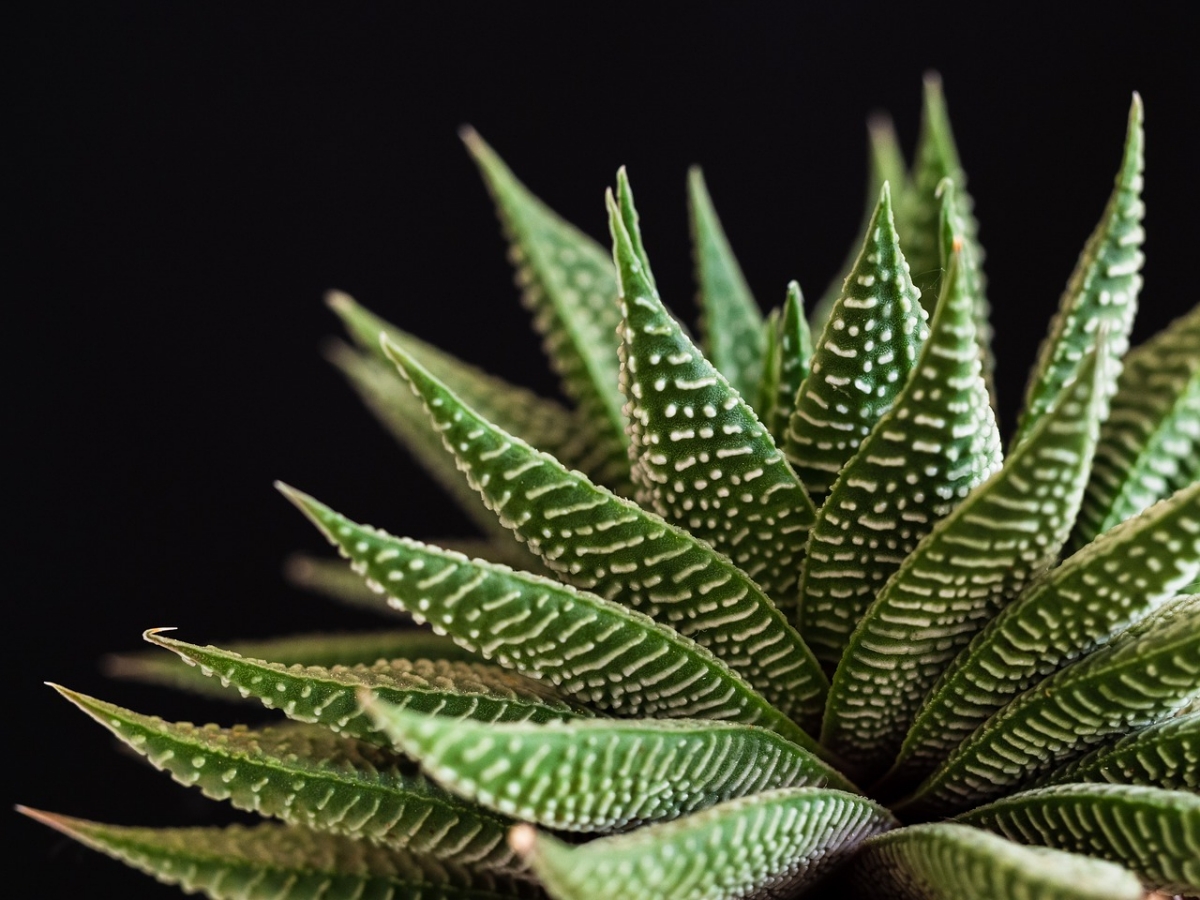
Shade succulents are a favorite for decorating interiors, as well as those corners of the garden or patio where the sunlight does not reach directly. Although most species need to be outdoors, in highly exposed areas, luckily there are others that prefer to be a little protected.
Do you want to know what they are? Then write down their names, because we are sure that you are going to love having these shade succulents in your home or garden.
Types of shade succulents
There are several types of succulents that can be in shade and that, in addition, can be planted both in pots and in the ground. The ones that we recommend below are these:
Aloe variegata
El Aloe variegata it is one of the few species of aloe that grows best in shade or semi-shade. Reaches a maximum height of 30 centimeters, and develops fleshy, dark green leaves with white stripes. Its flowers sprout from a cluster about 20 centimeters high, and are tubular, orange in color. Withstands occasional frosts down to -2ºC.
Ceropegia woodii
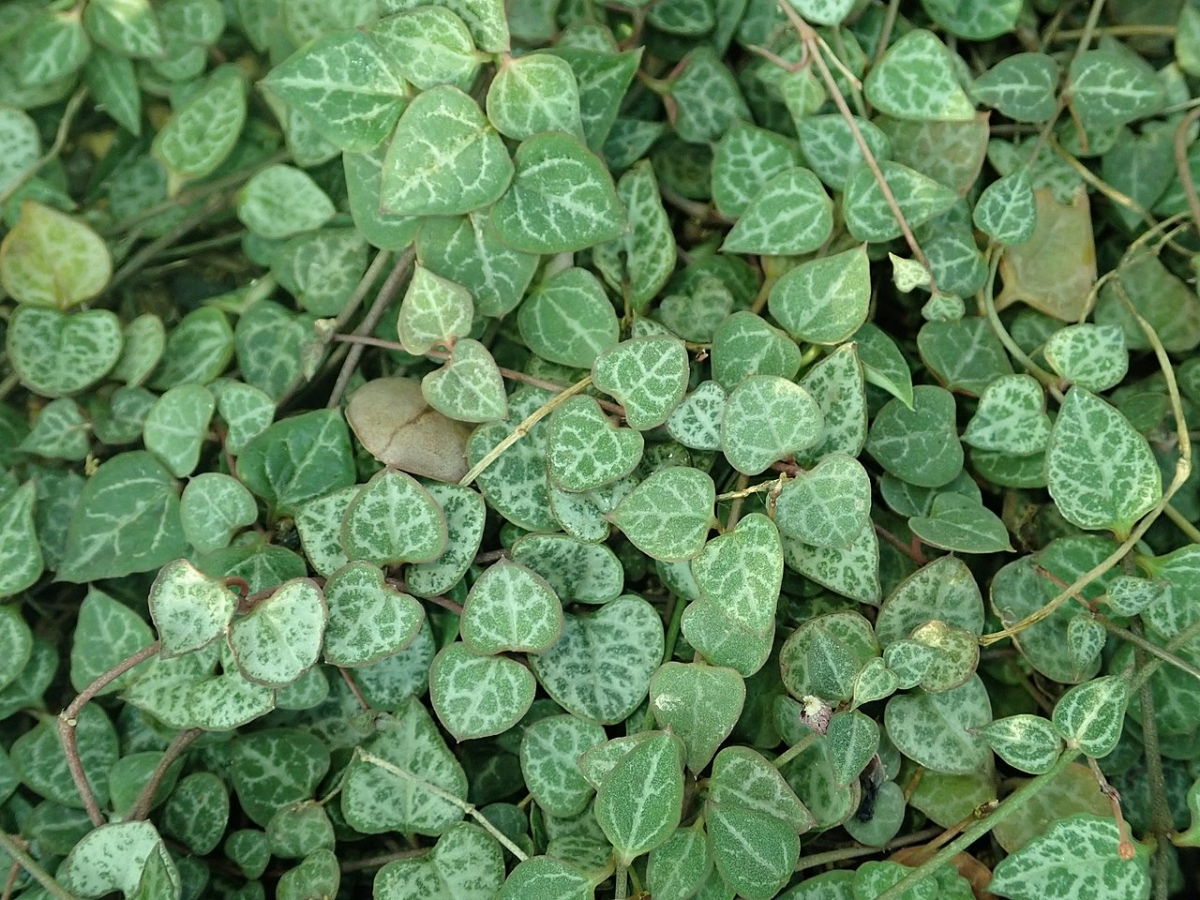
Image - Wikimedia / Salicyna
La Ceropegia woodii It is a hanging succulent plant that has heart-shaped leaves, green with white lines on the upper side and purple on the underside. Can be up to 4 meters long, but if it seems a lot you can always prune it in spring. The flowers are 3 centimeters in length, and are pale white and magenta. Can't stand the cold.
Gasteria acinacifolia
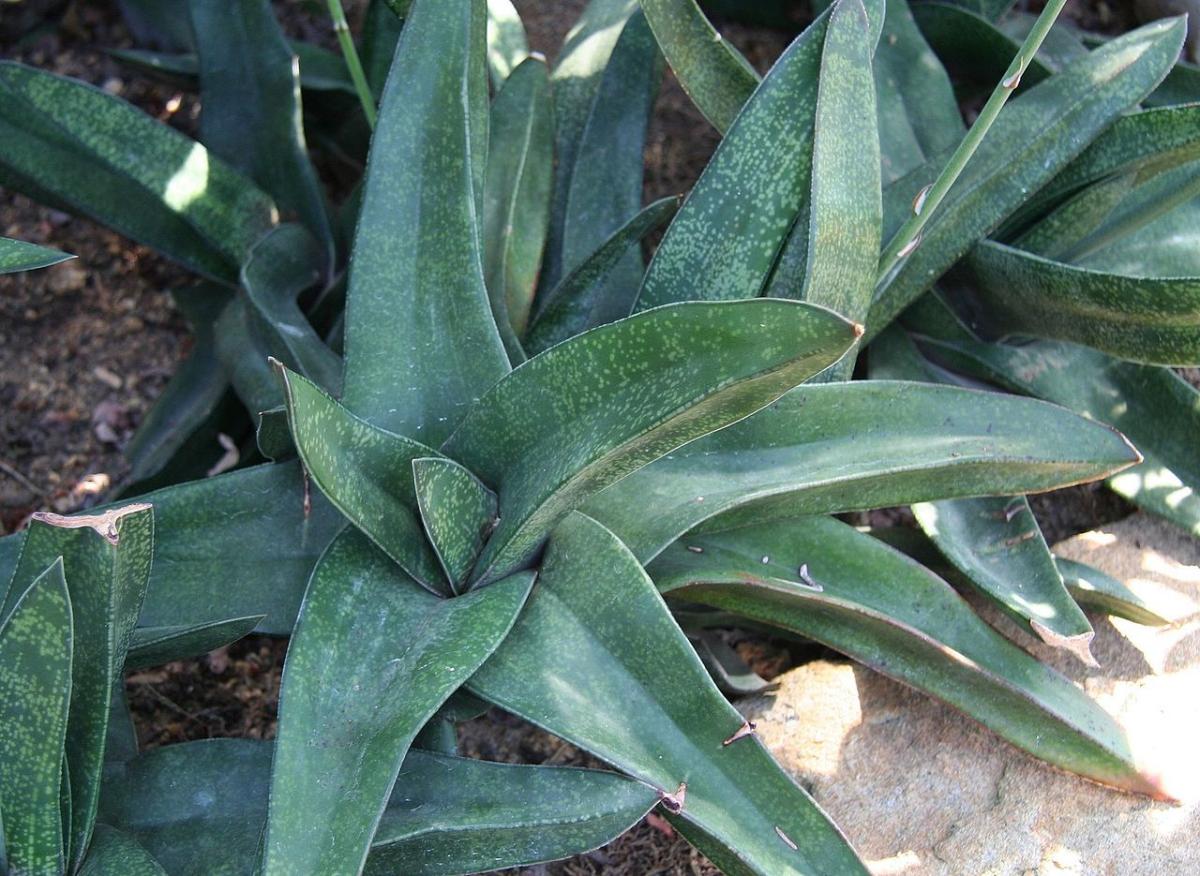
Image - Wikimedia / Michael Wolf
La Gasteria acinacifolia It is a non-cacti succulent with elongated, green leaves and spots of a lighter color. Reaches an approximate height of 10 centimeters, by about 40 centimeters or more in diameter, since it tends to produce many suckers. The flowers are red-orange and are grouped in inflorescences about 30 centimeters long. It resists weak frosts down to -3ºC.
Epiphyllum anguliger
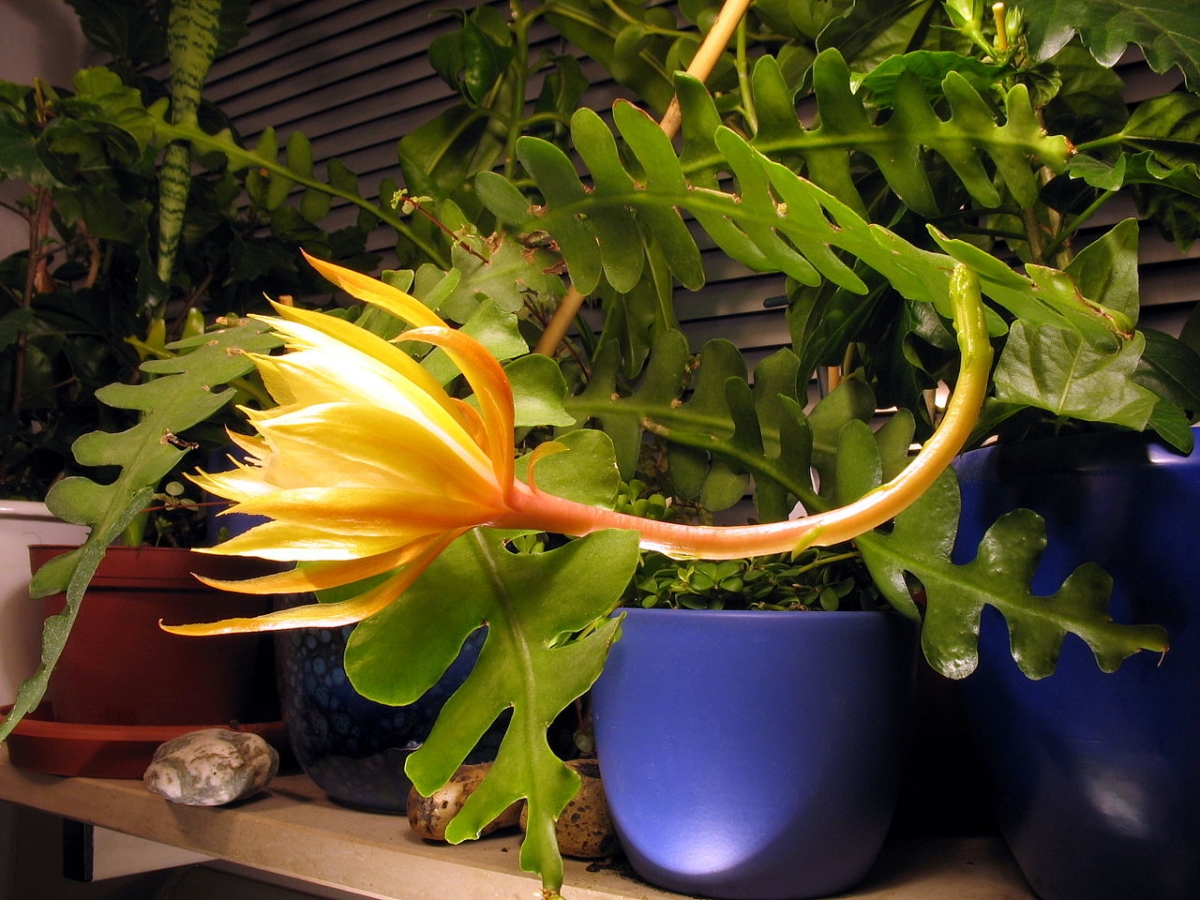
Image - Wikimedia / Zapyon
El Epiphyllum anguliger is an epiphytic cactus that has deeply lobed stems, between 3 and 5 centimeters wide by 1 meter long, green on both sides. The flowers are white, about 5 centimeters in diameter, and appear in late autumn or early winter, at night. It needs protection if the temperature drops below 16ºC.
Haworthia cymbiformis
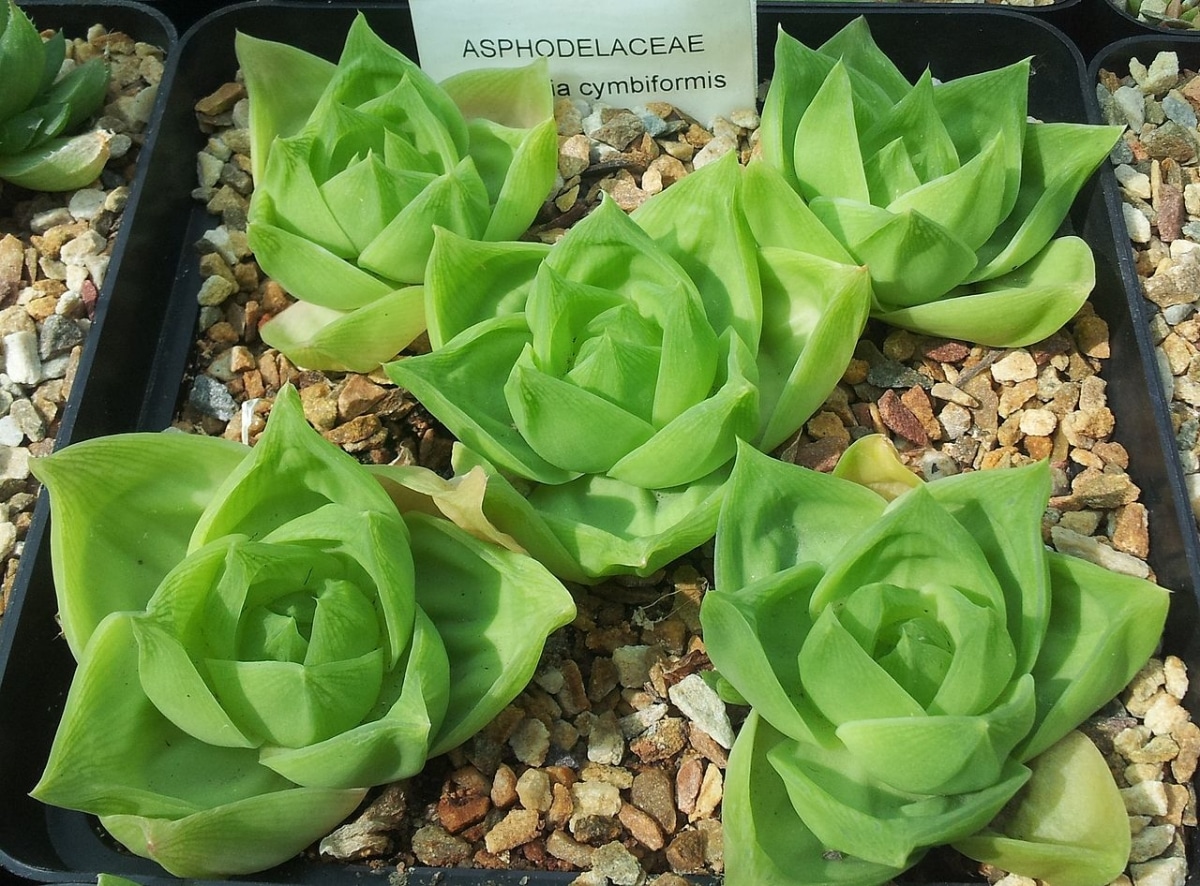
Image - Wikimedia / Abu Shawka
La Haworthia cymbiformis it is a crass that also forms groups. It has more or less triangular and green leaves. It measures about 30 centimeters in diameter counting the suckers, and is a plant that produces white, tube-shaped flowers. It can be outside all year long as long as the temperatures do not drop below -2ºC.
haworthia limifolia (is now haworthiopsis limifolia)
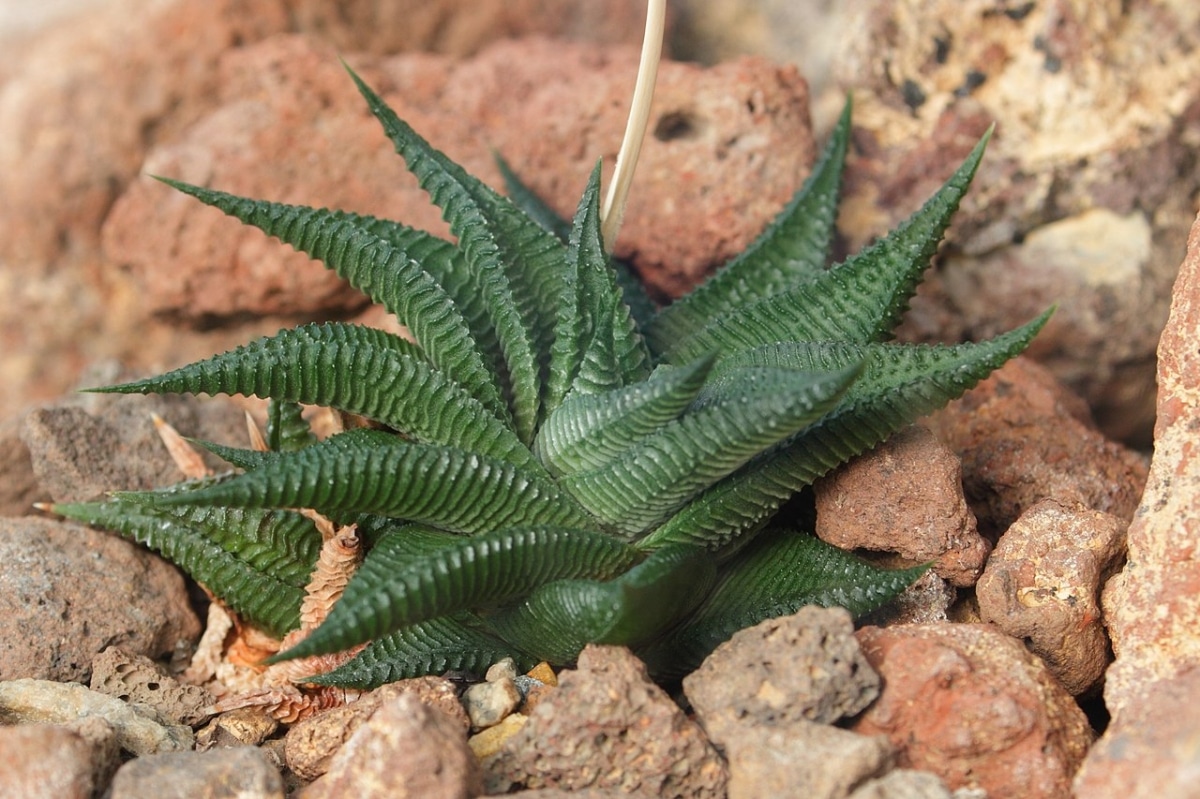
Image - Wikimedia / Spacebirdy / Myndir
La haworthiopsis limifolia is a small and compact succulent plant, which grows about 12 centimeters in diameter by about 4 centimeters in height. It has fleshy, very hard, bright green leaves. The flower stalk is 35 centimeters high, and white flowers barely one centimeter in diameter sprout from its upper part. Withstands cold and frost down to -2ºC.
Schlumbergera truncata
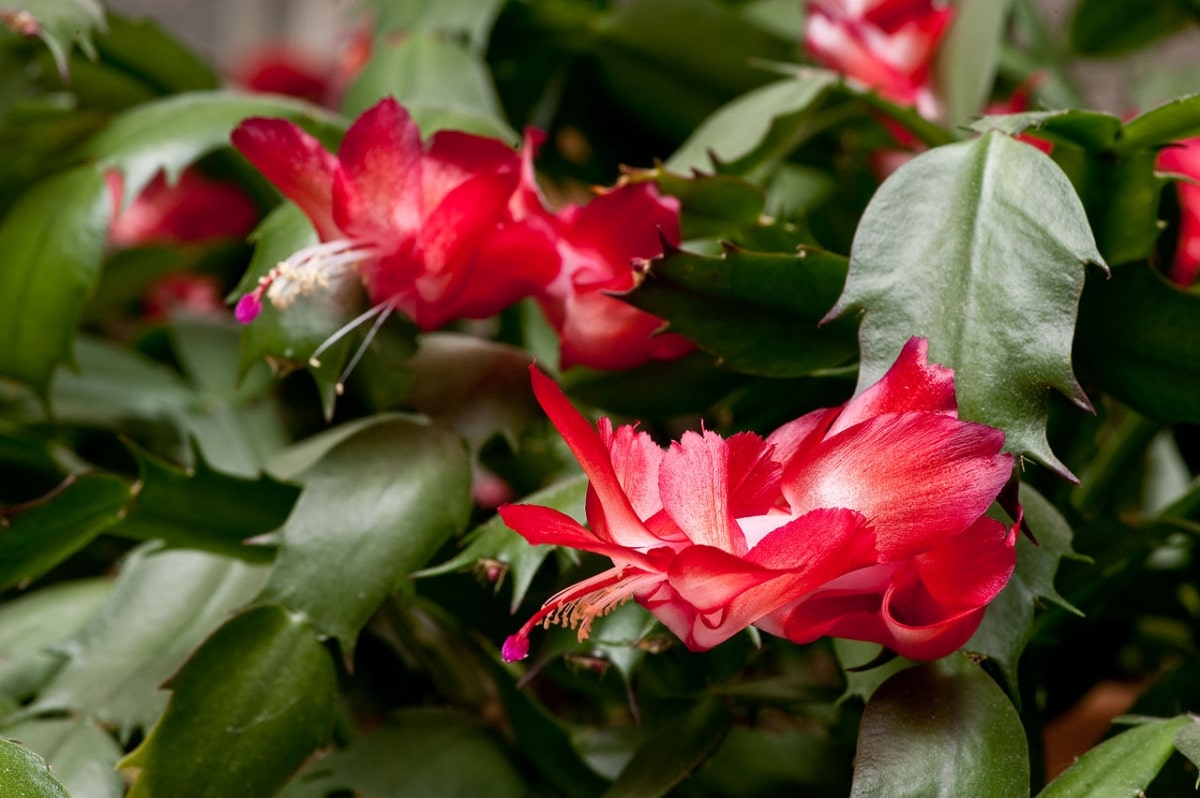
Image - Wikimedia / Dwight Sipler
It is known as christmas cactus y is an epiphytic or pendant succulent that develops flat, green stems up to 1 meter long. It flowers in winter, and it does so by producing red, pink, orange or white tubular flowers that arise from the upper part of the stems. It can tolerate occasional and short-term frosts down to -2ºC as long as it is sheltered.
Sempervivum tectorum

El Sempervivum tectorum it is a crass that forms groups made up of many suckers. It is easy for what started as a single specimen to end up filling a pot of about 10 centimeters in diameter in a short time.. Its green leaves with red tips, and its flowers are reddish. It is very resistant to cold. Supports up to -18ºC.
How are they cared for?
Now that you know which ones you can put at home or in a shady garden, you may have questions about how to care for them. For this reason, we do not want to end the article without telling you about the care that you have to provide them:
Location
Succulents They must be in a place where there is a lot of clarity, but the ones we have seen must be protected from direct sun since they are plants that burn if it hits them.
If they are to be kept indoors it is very important that they are placed in a room with windows through which natural light enters.
Earth
- Flower pot: must be filled with substrate for cacti and succulents (for sale here).
- Garden: the earth has to be light; if puddles easily form, mix with equal parts perlite.
Irrigation
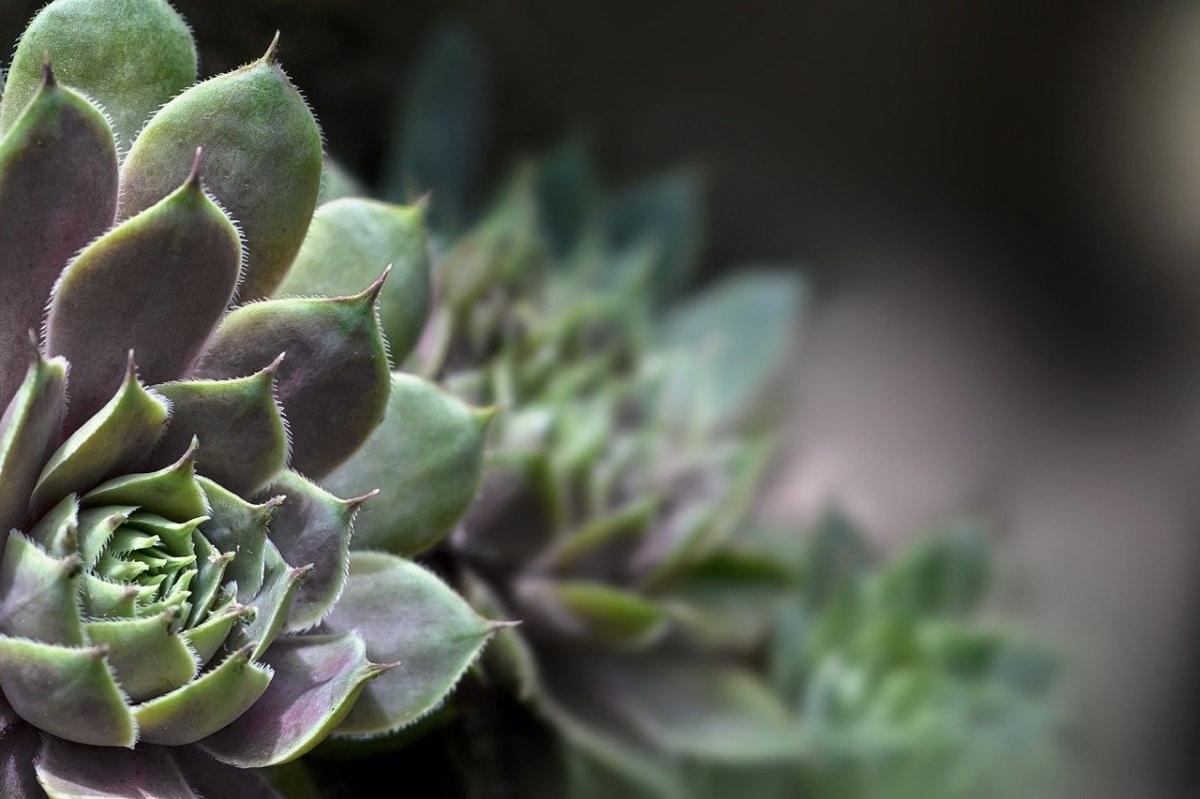
Shade succulents should be watered when the substrate or dry soil is visible, once or twice a week. Keep in mind that indoors, as well as outdoors if it is autumn / winter, the soil takes longer to dry completely, so if in doubt, check the humidity before watering. You can do this with a meter (for sale here) for example, or if you prefer by introducing a thin wooden stick: if it comes out almost clean when you remove it, then you have to water.
Subscriber
So they can grow well it is important to pay them during spring and summer with a specific fertilizer for these plants (for sale here). It is advisable that it be liquid if they are in pots since this way the nutrients will be absorbed in less time and without worsening the drainage of the substrate.
Rusticity
They are plants that support warm temperatures, but not all resist cold. For more information, take a look at the plant list above.
What do you think of these shade succulent plants?